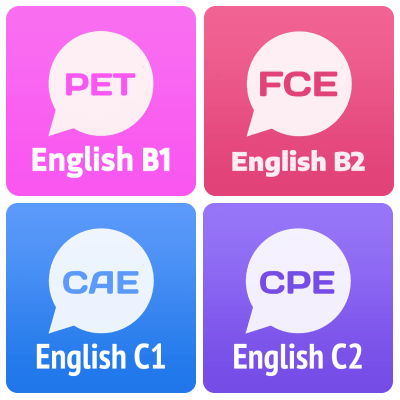Past Continuous
The Past Continuous describes actions in progress at a specific past time. It is often used with the Past Simple to show interrupted actions. Formed with 'was/were' + verb-ing.
Back
Past Continuous
How can we make the past continuous? Firstly, check that you know how to make the past simple with 'be' (subject + was / were). Then just add verb-ing.
Here's the positive form:
| Positive |
|---|
| I was sleeping |
| you were working |
| he was coming |
| she was reading 'War and Peace' |
| it was raining |
| we were shopping |
| they were watching a film |
Next, here's the negative - it's very easy, just add 'not':
| Negative | Contracted Negative |
|---|---|
| I was not sleeping | I was wasn't sleeping |
| you were not working | you were weren't working |
| he was not coming | he was wasn't coming |
| she was not reading 'War and Peace' | she was wasn't reading 'War and Peace' |
| it was not raining | it was wasn't raining |
| we were not shopping | we were weren't shopping |
| they were not watching a film | they were weren't watching a film |
And, just like the past simple with 'be', to make a 'yes / no' question, put 'was / were' in front of the subject:
| Yes/No Questions |
|---|
| Was I listening? |
| Were you working? |
| Was she working? |
| Was he living in Paris at the time? |
| Was it snowing when you arrived? |
| Were we eating? |
| Were they studying? |
To make a 'wh' question put the question word at the beginning:
| Wh Questions | |
|---|---|
| Why was I working? | |
| Where were you living? | |
| How was she travelling? | |
| Where was he going? | |
| Why was it snowing in the summer? | |
| What were we eating? | |
| Why were they studying? |
When Should I Use The Past Continuous Tense?
1. An action in the past which overlaps another action or a time. The action in the past continuous starts before and often continues after the other shorter action or time..
- I was walking to the station when I met John. (I started walking before I met John, and maybe I continued afterwards.)
- Please call back as we are eating dinner now.
- At three o'clock, I was working. (I started before three o'clock and finished after three o'clock.)
2. In the same way, we can use the past continuous for the background of a story. (We often use the past simple for the actions.) This is really a specific example of Use 1.
- The birds were singing, the sun was shining and in the cafés people were laughing and chatting. Amy sat down and took out her phone.
3. Temporary habits or habits that happen more often than we expect in the past. We often use 'always', 'constantly' or 'forever' here. This is the same as the way we use the present continuous for habits, but the habit started and finished in the past. This thing doesn't happen now.
- He was always leaving the tap running.
- She was constantly singing.
4. To emphasise that something lasted for a while. This use is often optional and we usually use it with time expressions like 'all day' or 'all evening' or 'for hours'.
- You were forever losing your keys!
- She was constantly missing the train.
- Lucy was always smiling!
5. The next use is for definite future arrangements (with a future time word). In this case we have already made a plan and we are pretty sure that the event will happen in the future.
- I was working in the garden all day.
- He was reading all evening.
We can't use this tense (or any other continuous tense) with stative verbs.
